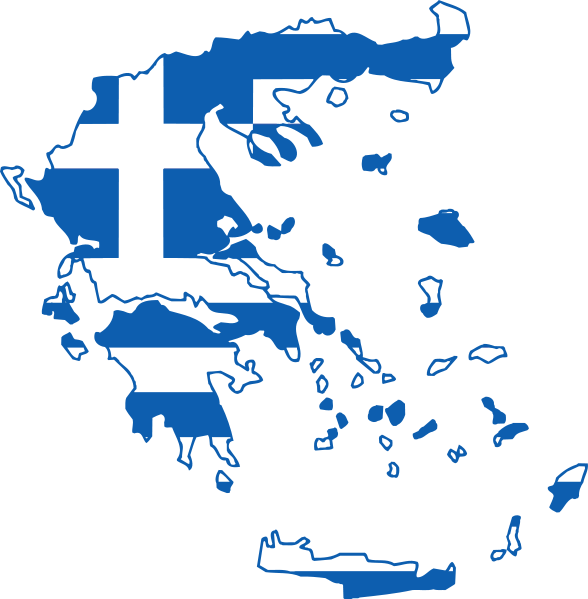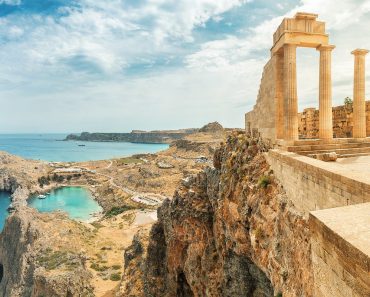
The early signs from the Greek summer tourism season are raising concerns for traditional tourism powerhouses such as Santorini, Mykonos and Paros.
These islands, long considered the “heavyweights” of Greek tourism, are facing a rocky start, while other regions are enjoying an unexpected surge, with booking and arrival numbers soaring beyond previous years.
That said, the first available data on international arrivals only cover the period from January to March, a time that cannot truly reflect Greece’s full tourism picture. As a destination, Greece remains deeply tied to sun-and-sea holidays, although it certainly offers opportunities for alternative forms of tourism year-round.
According to the latest figures from the Institute of the Association of Greek Tourism Enterprises, Greece recorded 1.6 million international air arrivals in the first quarter of this year—an increase of 77,000 arrivals compared to the same period in 2024, or roughly 4.8 percent.
The tourism hotspots losing ground: Mykonos, Santorini, Paros
Despite the modest uptick in early arrivals, the reservation landscape paints a different picture, particularly for top-tier destinations.
Santorini, for example, has seen a sharp decline in bookings, largely attributed to recent seismic activity. The prolonged tremors understandably spooked potential visitors, resulting in a nearly 30 percent drop in reservations for the quarter. However, there are signs of recovery, with trends stabilizing from June onward.
Greece said the cosmopolitan island of Santorini is safe and ready to welcome tourists as the first cruise ship of the season, bringing 1,170 mostly American tourists, docked in March.
Mykonos, Greece’s iconic tourism “flagship,” faces a more persistent challenge. For the third consecutive season, the island is expected to show a decline in reservations—a trend that is ringing alarm bells among local tourism stakeholders. The drop is even more pronounced in the luxury sector, where demand has plummeted by 40 percent compared to 2022.
Paros, while faring better than its Cycladic neighbors, is not immune to the downturn. Though not as dramatic, the signs of contraction are visible, and reversing this trend remains a significant challenge for the island heading into peak season.
The rising stars of Greek tourism: Crete, Rhodes, and the Ionian Duo
On the flip side, some regions are enjoying a banner year. Crete and Rhodes continue to dominate as perennial favorites for major tour operators and individual travelers alike. Notably, the rise in direct, self-booked vacations is becoming a growing trend that can no longer be ignored.
The true standouts this season, however, are two of the Ionian Islands: Zakynthos and Corfu. The Ionian Islands as a whole recorded a 5.5 percent rise in visitors last year, with 3.8 million arrivals.
This momentum appears to be continuing into 2025, with both Zakynthos and Corfu reporting a 7 percent increase in summer bookings—figures that have sparked optimism across the region.






